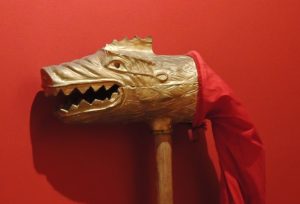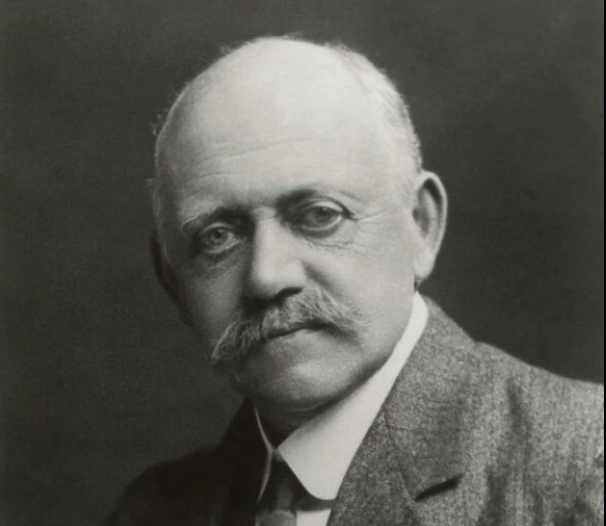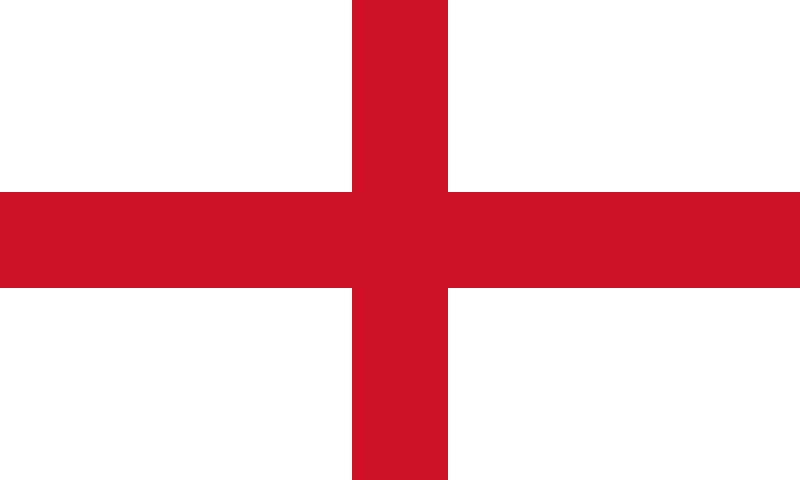The Union Flag
Just to recap – in case you haven’t read part 1 – The Union Flag is the national flag of the United Kingdom. It got its name because it combines the crosses of the three countries united under one Sovereign – the kingdoms of England and Wales, of Scotland and of Ireland – although since 1921 only Northern Ireland has been part of the United Kingdom. Over the next series of posts I will be looking into each of these flags and how they came about.
The Welsh Dragon
Reading about the Union Flag and especially the paragraph above you may be scratching your head and asking “Three crosses? But, the Welsh flag, the Red Dragon…how come none of that seems to be represented?” You have to go back into more history and as far back as 1606 when the Union Flag was created. By then the Principality of Wales was already united with England and was no longer a separate principality.
Although the flag of Wales, also known as Baner Cymru or Y Ddraig Goch, meaning ‘the red dragon,’ isn’t represented on the Union Flag, as part of the UK, I felt it was important to include it within this series of posts. What I found interesting was that the exact representation of the dragon is not standardised in law and many different versions exist!
The history behind the flag
I love the fact that I learn something new every day! Learning does not just have to be all Maths, English and NVR, smatterings of interesting details of life can be picked up from anywhere, everywhere, every day.

If we go back as far as Roman times and their rule in Britain, they had a standard known as the Red Dragon.. This was made from a pole-mounted metal head with a body of silk that looked a bit like a windsock. It was carried into battle, with the body flapping in the wind and the whistle in the head creating a screaming noise – all of course done to instil fear into the enemy.
The dragon then became the symbol for many rulers i.e. King Arthur and the kings of the Wessex Saxons. King Harold II, famously beaten by William I the Conqueror at the Battle of Hastings in 1066, Prince Cadwaladr (died 1172) and Owain Glyn Dŵr, who fought for Welsh independence from England in the early 15th century. There were probably many. many more.
As ever there are many myths, legends and ideas surrounding the first use of symbols and emblems. Fast forward to 1485 with the establishment of The Tudor dynasty and this is where the first significant link appears. The first Tudor monarch, Henry VII, chose white and green as his livery colours. and his red dragon symbol was attributed to his Welsh ancestry. That dragon was formally recognized in 1801 as the official badge of Wales and it has appeared on a flag of white-over-green stripes since at least 1911, when the future King Edward VIII was invested with the title Prince of Wales.
Controversy in Wales
An author, Siôn Jobbins , has written a book called The Red Dragon – The Story of the Welsh and he believes that the town of Caernarfon was pivotal the recognition of the the Red Dragon the official flag of Wales.
The stories he details include how in 1931 it was requested that in 1932 the Red Dragon, rather than the Union Flag, be flown from Caernarfon Castle, When this request was refused on St David’s Day 1932 several people got together, took down the British flag and hoisted the Ddraig Goch in protest.
“The protesters were not arrested and the Union Jack was raised again. However, that afternoon, by coincidence, a group of Bangor students under the leadership of R.E. Jones, managed to take the Union Jack down for the second time and this time smuggled it out of the castle.
“This radical, if not revolutionary act, caused a stir but its effect was that on St David’s Day 1933, David Lloyd George, after decades of not fighting for the Red Dragon to be raised, tried to take the claim in an official ceremony.”
From 1933 onwards books on flags consistently included Wales and the Red Dragon in their flags of nations – something that had not been the case only a year or two earlier.
https://www.dailypost.co.uk/whats-on/arts-culture-news/caernarfons-connection-welsh-flag-10952707
He gives another two examples, including the investiture of the Prince of Wales in 1969.
Do you feel that strongly about something? Would you risk arrest for standing up for your beliefs? Do you think a flag is that important? Some interesting questions if you have never been placed in that situation…


